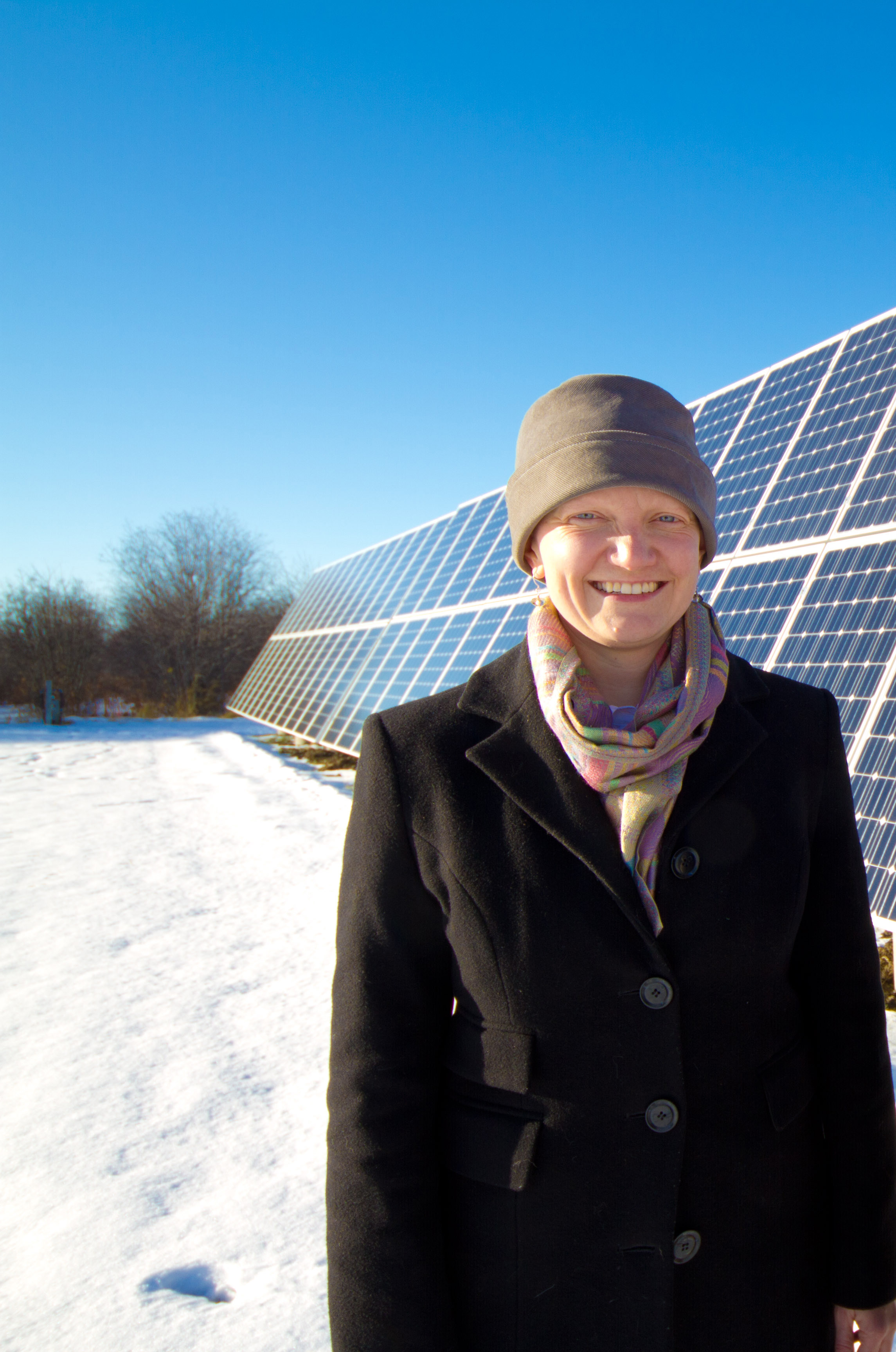Students Get Sunny With SOLAR at U of S
A new solar array planned for academic use will be up and running in time for the Fall 2017 semester at the University of Saskatchewan.
By Matt WolsfeldStudents Get Sunny With SOLAR at U of S
A new solar array planned for academic use will be up and running in time for the Fall 2017 semester at the University of Saskatchewan.
A student proposal has led the way for a sunny outlook on renewable energy at the University of Saskatchewan, which will soon call itself the proud owners of a second solar array.
The Student Opportunities for Learning About Renewables, or SOLAR Project will be a 5kW photovoltaic solar array built at ground level south of the John Mitchell Building in July 2017. The Project, a result of an ENVS 401 student project, will be the university’s first academically-oriented renewables project intended to bring renewable power into the classroom for U of S students.
Experiential Learning Brings Results Homes

The SOLAR Project was envisioned by a group of students in ENVS 401, the capstone project class of the Undergraduate Certificate in Sustainability and a pivotal component of the Sustainability Living Lab program. Students Kristin Ottenbreit, Allison Carr, Chelsea Baraniecki, Jenna Rae Fusick, and Courtney Trudeau were able to build on the results of a previous year’s project to envision a photovoltaic solar array on campus that could be used for experiential learning opportunities in the field of renewable energy.
The initial proposal called for a 30kW array located on the roof of Kirk Hall, though safety concerns, building limits, and cost issues forced a reimagining of the project. With some careful retooling, the SOLAR Project saw new life in its proposed location south of the John Mitchell Building.
A Bright Educational Opportunity
The main purpose of the SOLAR Project will be to provide students with hands-on experience in renewable energy technologies. The array will be highly accessible and integrated into future course and lab work in the College of Engineering.
The installation will consist of two banks of panels which will move independently of each other. This will allow students to conduct controlled studies, using one panel as an experimental control. The array will be outfitted with equipment that will log energy data which can be viewed via a web interface. The array will also feature an outdoor info display to give passersby an opportunity to interact with and observe renewable energy generation in real time; the addition of a solar-powered phone charger in the display will add a nice finishing touch to showcase the end use of the energy generated by the array.
With the project currently underway, the university can expect this array to be up and running in time for the fall semester. Renewable energy has never been so accessible and educational!
